How-To Bio-Buckets 101
A brief description of the Bio-Buckets are as follows.
- Description – The Bio-Buckets is a Recirculating Hydroponics System, that exchanges the water/nutrients 7 to 10 times an hour in each bucket, depending on the size of your grow also consist of a remote-reservoir {separate} that is highly active that generates it’s own oxygen by water-fall.
- How it works – the Bio-Buckets work by using lava rocks as it’s media to harbor the live beneficial bacterium which lives in the pores of the lava rock.
- Benefits are – some of the fastest and healthiest growing plants that you have ever seen: uses no added air, and no reservoir change-outs, stable ph levels in most cases, and can run at higher temps than a normal hydro system, with no root-rot, I have been growing for little over two yours now in the Bio-Buckets and I have never had root-rot!! That means that you save tons of money remember what that was!! My friends that get my Bio-Buds can tell no different from soil, to my hydro Bio-Buds, just a better way of growing all the way around imo. One could say that it is the only hydroponics system that has an Immune System Anti-Viral Support Matrix.
- Drawbacks are – I don’t know if this is a drawback or not, but you best be prepared to deal with the massive growth of this system, vertical and horizontal.
This is a step-by-step tutorial of the how-toe of the Bio-Bucket System and Design.
Ok friends the long awaited, how-to of the Bio-Buckets System from BigToke is here, just for and exclusively found here at International CannaGraphic Magazine ONLY!! It has been said to me that it would be nice to have a good how-to of the Bio-Bucket System, so without further ado let’s begin.
I’m going to break this down for ya in parts.
This will be the table of contents: we will be discussing the parts of…….
- Grow Room Area – I have seen the Bio-Buckets grown in many different places & styles. These Bio-Buckets can be scaled to fit or suite anybody’s needs whether you’re a small timer or big timer the Bio-Buckets are completely scalable.
- Bio-Bucket Design – what it takes to make a Bio-Bucket.
- Reservoir Design – how to properly configure your reservoir to produce its own oxygen!!
- Supply and Return Lines – what’s the best and proper way to run both of these?
- Media – what’s the best media to grow in for the Bio-Buckets?
- Recirculating Nutrient Management – the need for system flush or not?
In conclusion: I assure you that the Bio-Buckets are one of the most maintenance free hydroponics system that you’ll ever grown in, imo. Good luck and enjoy!!
BigTokes: "How-To" Of The Bio-Buckets 101

BigTokes: Hard-Core Bio-Buckets, First Big Run!!

BigTokes: Secound Big Run!! :friends:
BigTokes: AK-47 Plus H.D.F Bio-Bucket Style


Last edited:


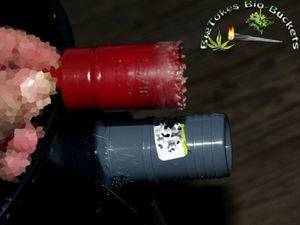
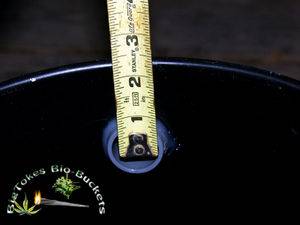

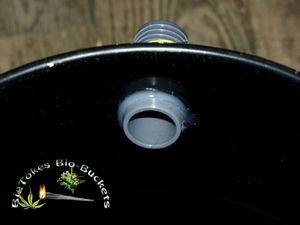
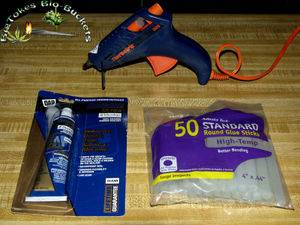


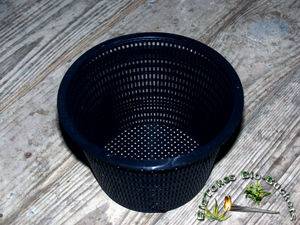
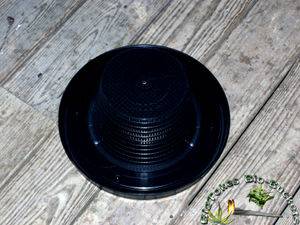


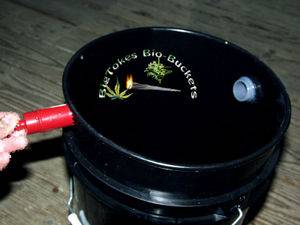
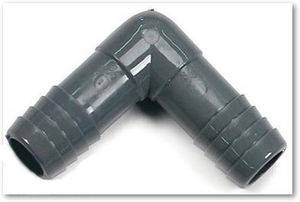
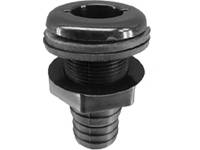

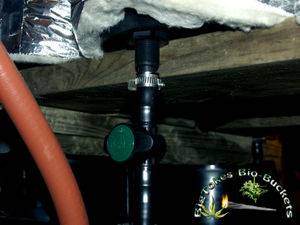
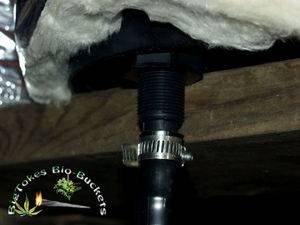
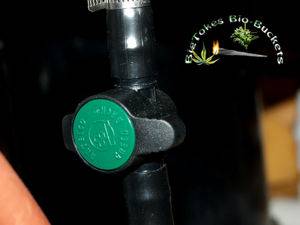
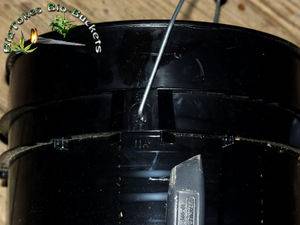
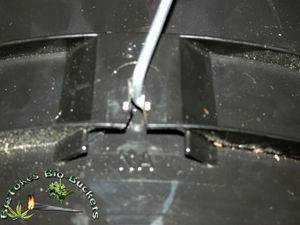
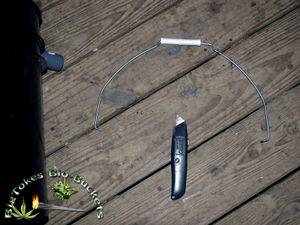
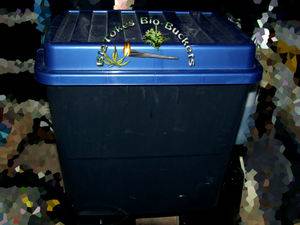
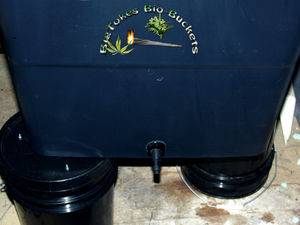

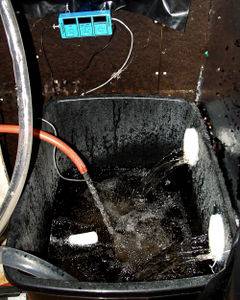







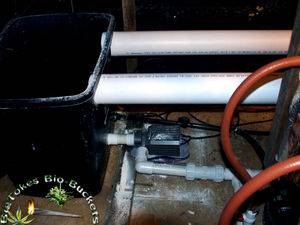
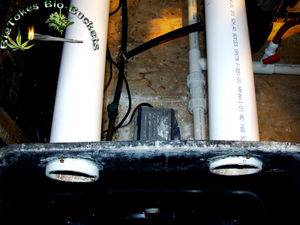



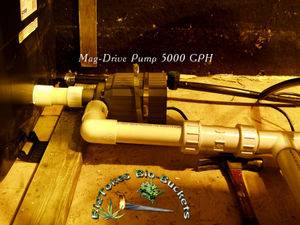

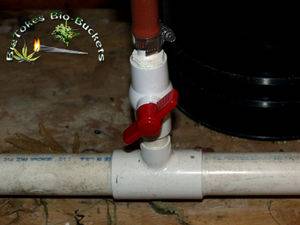
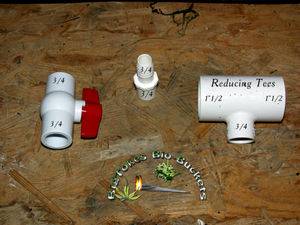
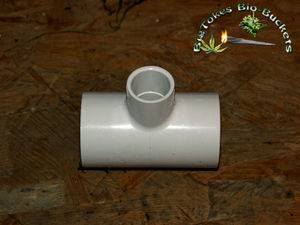
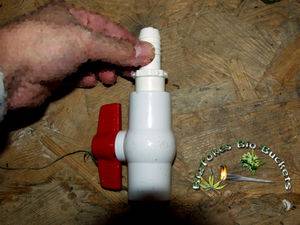
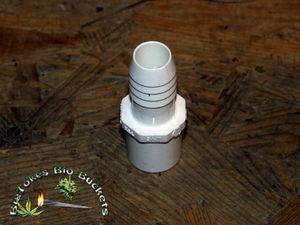


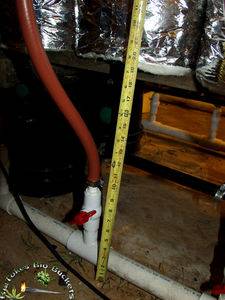


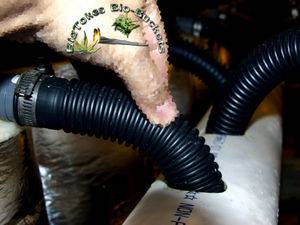
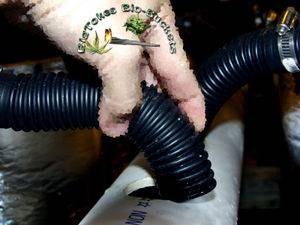
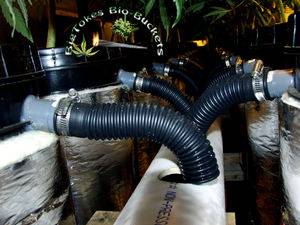
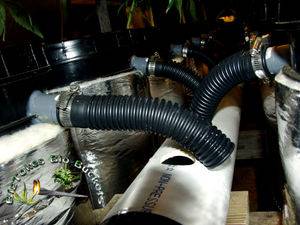



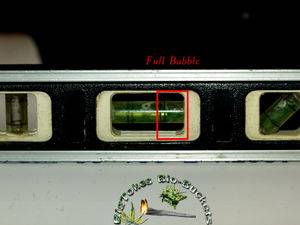
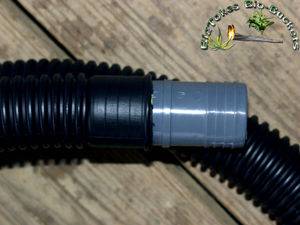
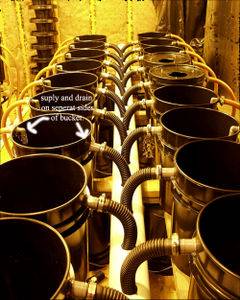
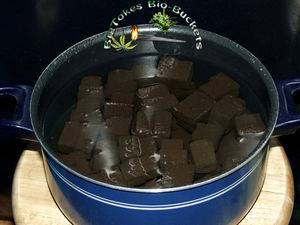

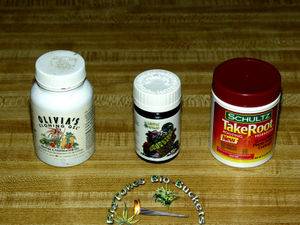




 Looks like a sticky thread to me!!!
Looks like a sticky thread to me!!! 

